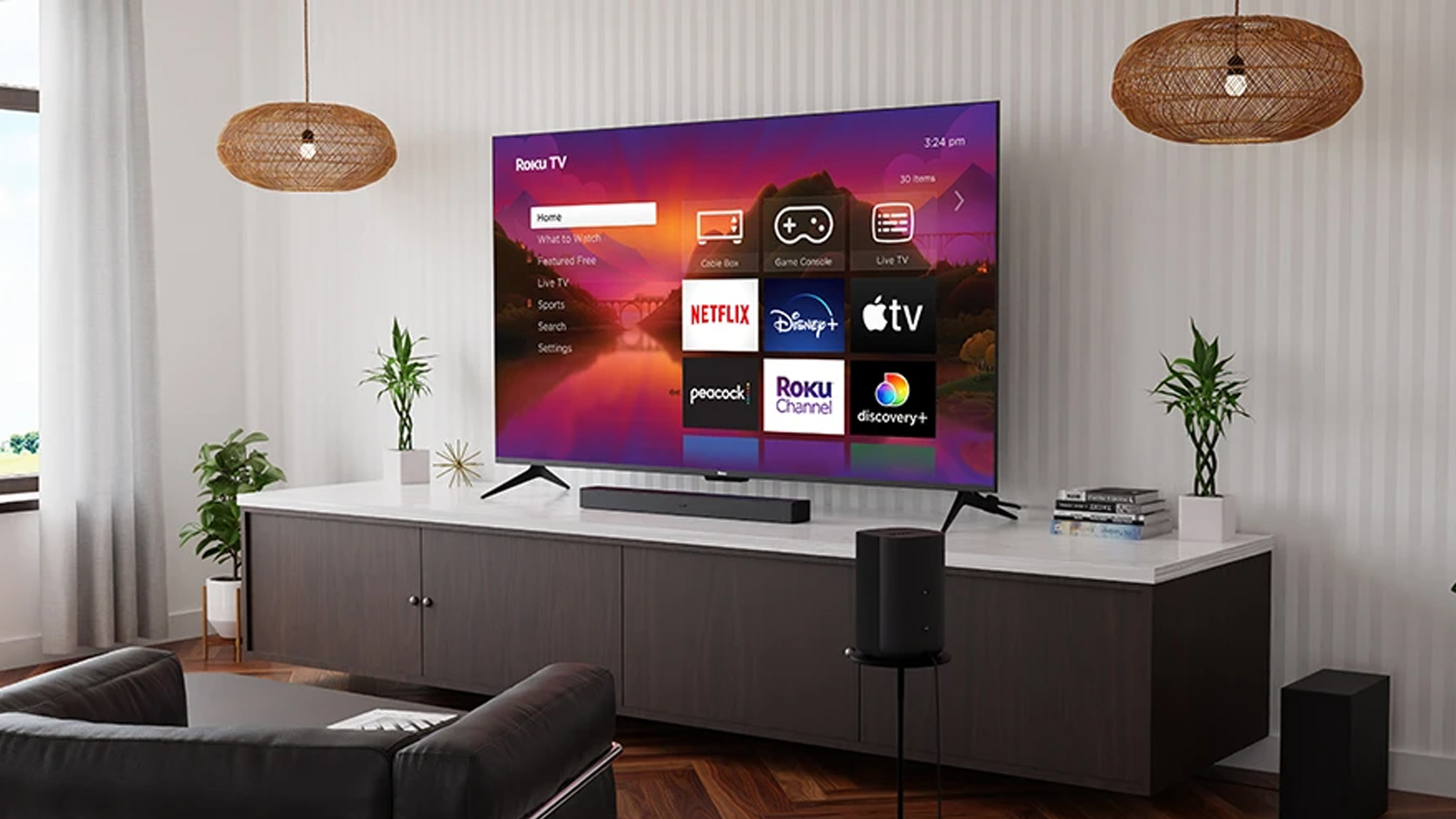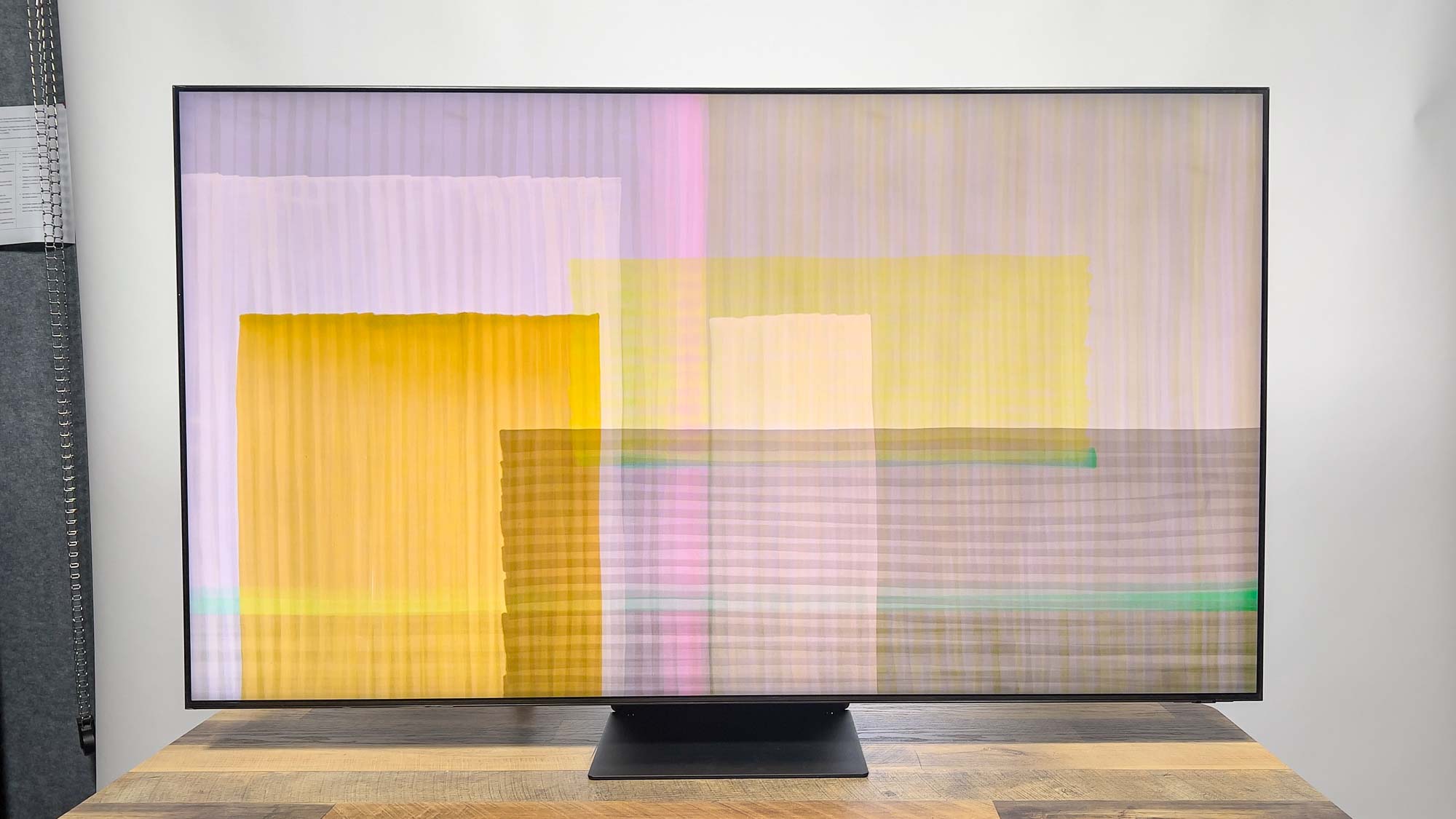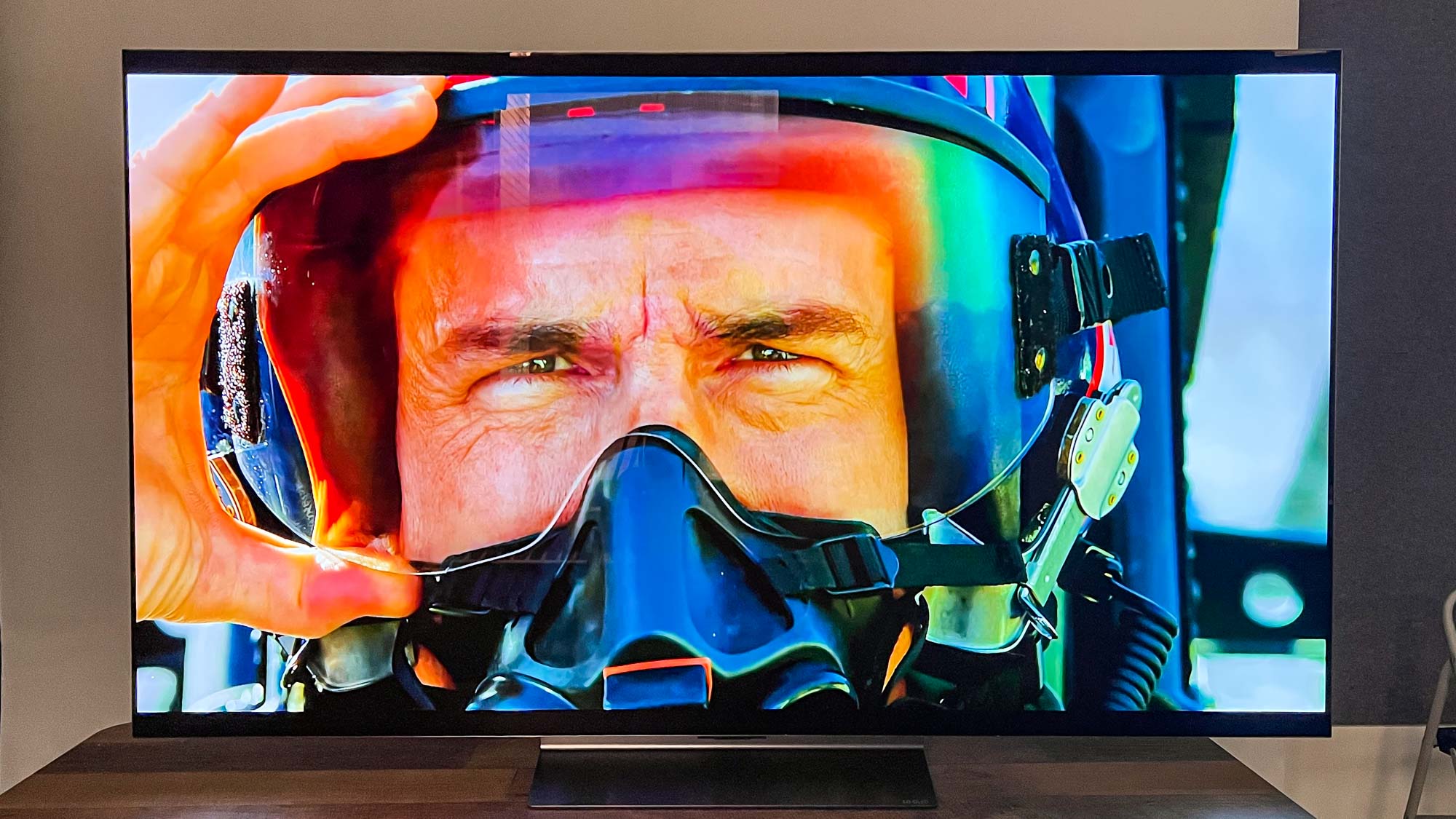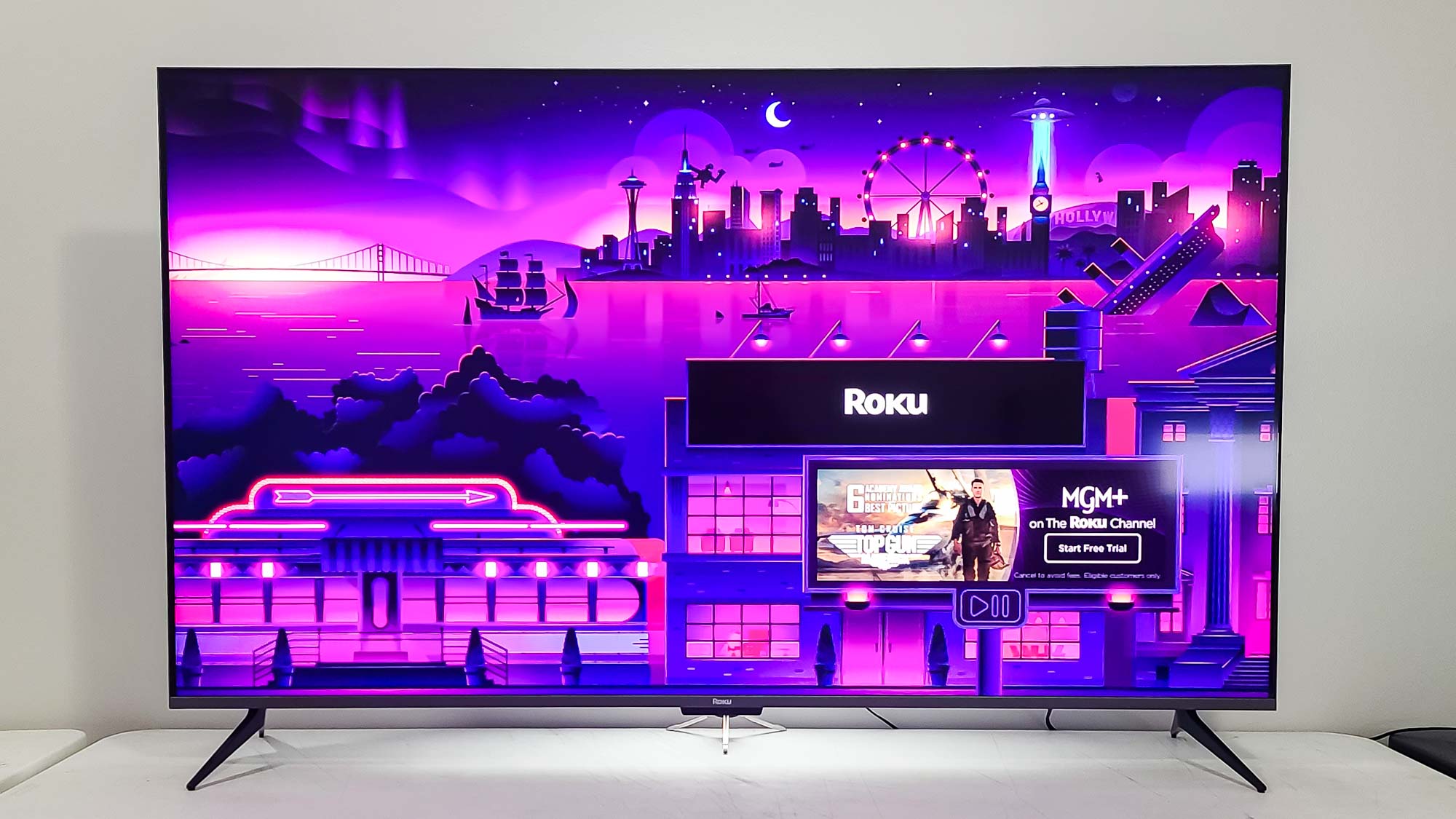
There are some great budget TVs out there. We recently reviewed the Roku Plus Series 4K QLED TV and despite being just $499 it aced nearly all of our tests. Plus it comes loaded with features from Roku’s incredible smart TV interface and support for HDR10, HDR10+, HLG and Dolby Vision HDR. And if you look through our best budget TVs buying guide, you’ll find many TVs for cheap with similar features.
But here’s the catch, not all versions of a feature are created equal, and it's something you have to watch out for when shopping for a cheap TV. In particular, HDR (high dynamic range) support is something that can be really misleading.
That’s because while many TVs can support various HDR formats, they cannot hit the same levels of peak brightness that the best TVs on the market can hit. This is because true HDR requires a minimum peak brightness of 1,000 nits, a unit of measurement that describes how bright a screen appears to one human eye.
What is ‘true HDR’?
HDR is a term that gets used to market all sorts of things from TVs to monitors, but it also gets used in photography as well. At its core, HDR simply means that a picture will have pixels that produce higher-quality contrast and color than in a standard dynamic range (SDR) picture. This produces a more realistic image, which is better for the viewer.
But with TVs, we can get a bit more specific. According to the Ultra High Definition (UHD) Alliance, for a TV to carry one of its Ultra HD Premium badges, it has to “hit a contrast ratio of at least 1,000 nits peak brightness.” However, there is one exception. OLED TVs are naturally darker because each pixel generates its own light and can go completely dark. Therefore, the UHD Alliance sets OLED TV's HDR standard at just 540 nits peak brightness because you don’t need the same level of brightness to create sufficient contrast on OLED displays.
Cheap TVs often can’t hit 1,000 nits

Now just because your TV lacks an Ultra HD Premium badge or cannot hit 1,000 nits peak brightness doesn’t mean your TV doesn’t actually support HDR and that you’ve been ripped off. What it does mean is that your TV won’t get the same out of HDR content as a TV that can hit that level of peak brightness. This is because most TV shows and movies that are HDR content are mastered at a brightness level of 1,000 nits — which means that it was created to be displayed on a display that meets the UHD Alliance standard of 1,000 nits minimum peak brightness.
Unfortunately, it’s really tough to get a TV that meets that standard. In our testing, the Roku Plus Series 4K QLED TV — which is still a phenomenal TV for its price — only managed 648 nits peak brightness in a 25 percent window in standard HDR mode and 585 nits in Filmmaker mode, which is designed to show films the way directors intended.
Compare that to the Samsung QN95B QLED TV, which is our top-rated QLED TV, and it's easy to see that the Roku Plus just isn’t in the same league. The Samsung hit 1,325 nits peak brightness in standard mode in the 25 percent window and 1,175 nits in Filmmaker mode. That’s approximately double the peak brightness of the Roku Plus.
So even though both support HDR10 content, the Samsung QLED is going to get the most out of that HDR content, whereas the Roku Plus QLED will miss out on some benefits. But that’s why the Roku Plus QLED costs just $499 and the Samsung QLED costs $2,999.
Cheap TVs can fall short when it comes to color too

Color gamut, or the range of colors a TV can display, is another area where cheap TVs can fall short. At Tom’s Guide, we measure two different HDR color gamuts (in addition to the SDR color gamut Rec. 709) to test our TVs: Rec. 2020 and UHDA-P3.
Rec. 2020 (sometimes called BT.2020) covers a wider range of colors than UHDA-P3, which is a subset of Rec. 2020, but content is typically created with the UHDA-P3 color gamut in mind — almost nothing uses the full Rec. 2020 spectrum. So UDHA-P3 is still considered the standard for testing HDR content. Many TV tests from other sites may use DCI-P3, which is incredibly similar to UHDA-P3 but doesn’t cover quite as much red in the color spectrum as UHDA-P3.
Now unlike with peak brightness, where cheaper TVs almost universally fall short, some can hold their own when it comes to color. When comparing the Roku Plus Series 4K QLED TV to the Samsung QN95B QLED TV, the Roku actually surpasses the Samsung in our color gamut testing for Rec. 2020 and UHDA-P3, showing a wider range of colors in both Standard and Filmmaker HDR modes. Though keep in mind that Samsung’s superior peak brightness will still result in a better picture.
However, when we compare the Roku Plus Series 4K QLED TV against the LG C2 OLED TV — our pick for the best TV out there — it just can’t match what the LG OLED TV can do for most HDR content. The LG C2 OLED surpasses the Roku Plus Series 4K QLED in both HDR formats for the UHDA-P3, showing 99.16 percent of the UDHA-P3 color gamut compared to just 95.55 percent for the Roku TV.
Conclusion: Getting a cheap TV can be a great idea, just know what you’re getting into

I hope you don’t come away from reading this going “I can never buy a cheap TV.” In fact, I think that cheap TVs have come a long way and are worthy of consideration whenever you’re looking for a new TV. The fact that the Roku Plus Series 4K QLED TV comes even remotely close to the best TVs for a fraction of the price is remarkable.
But you should go into the TV buying process knowing that not all HDR TVs are created equal. Just because a TV says that it supports a range of HDR content doesn’t mean it can match the HDR performance of the best TVs on the market.
Similarly, knowing how much of the color gamut your TV can handle is a great way to see if your budget TV is a steal. Some cheap TVs really hold their own here, but it's tough for them to compete with the best OLED TVs on that front.
So next time you go shopping for a TV, make sure to see what its peak brightness is and how much color it can display. These two specs can help you find a budget TV that can come close to the best rather than a TV that just has a cheap price tag and a lot of great-sounding features that you never get the most from.







